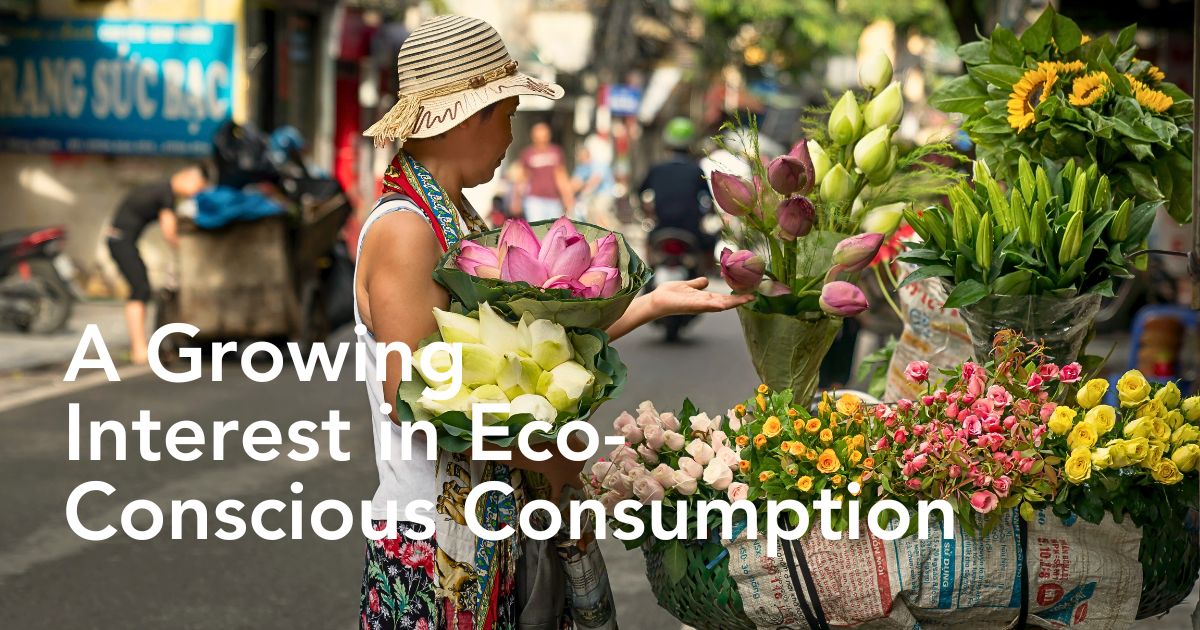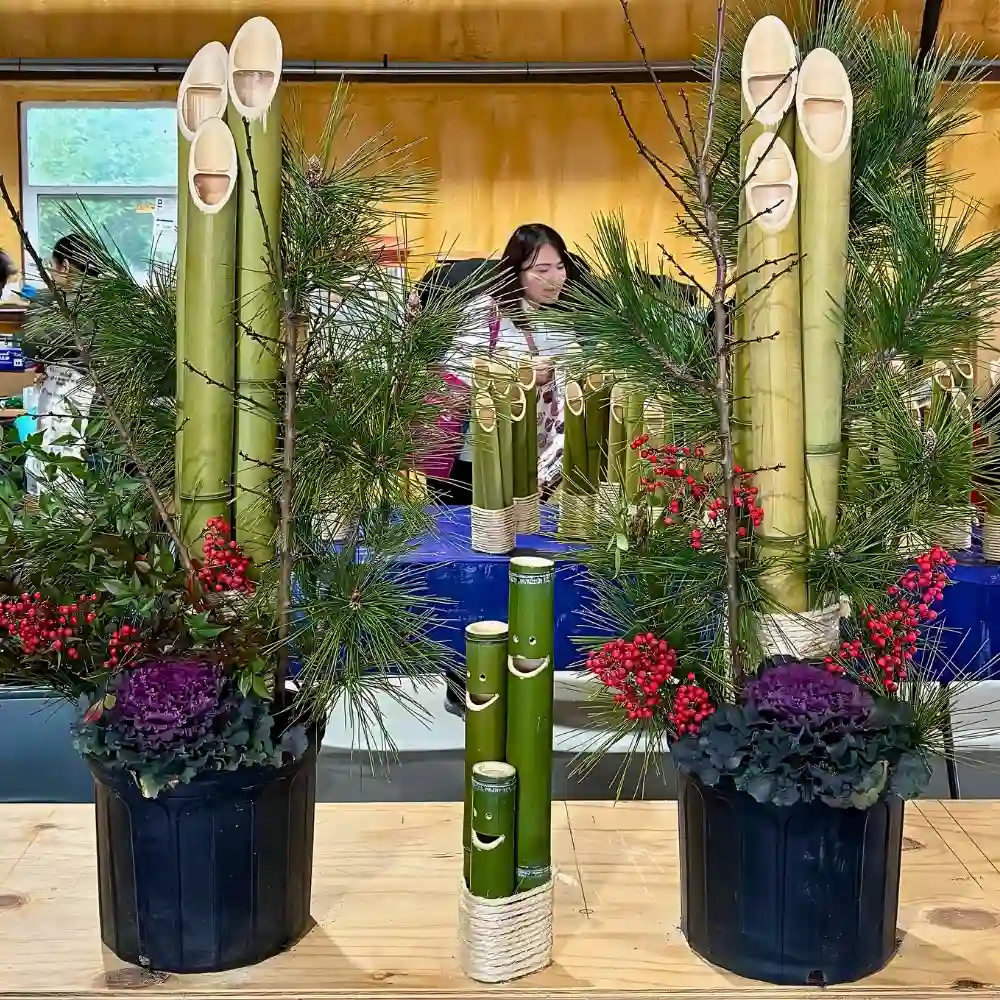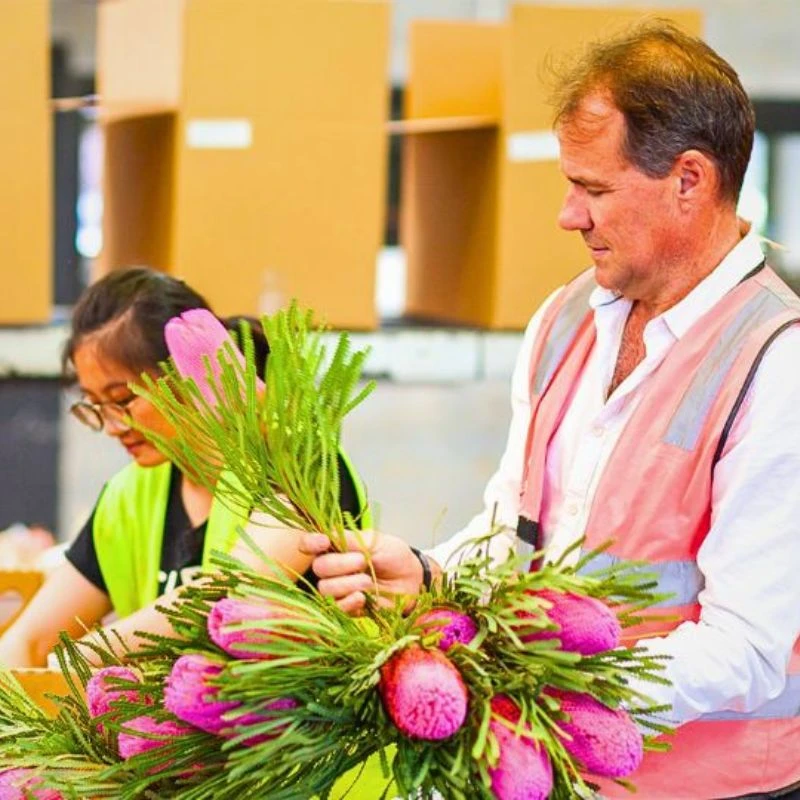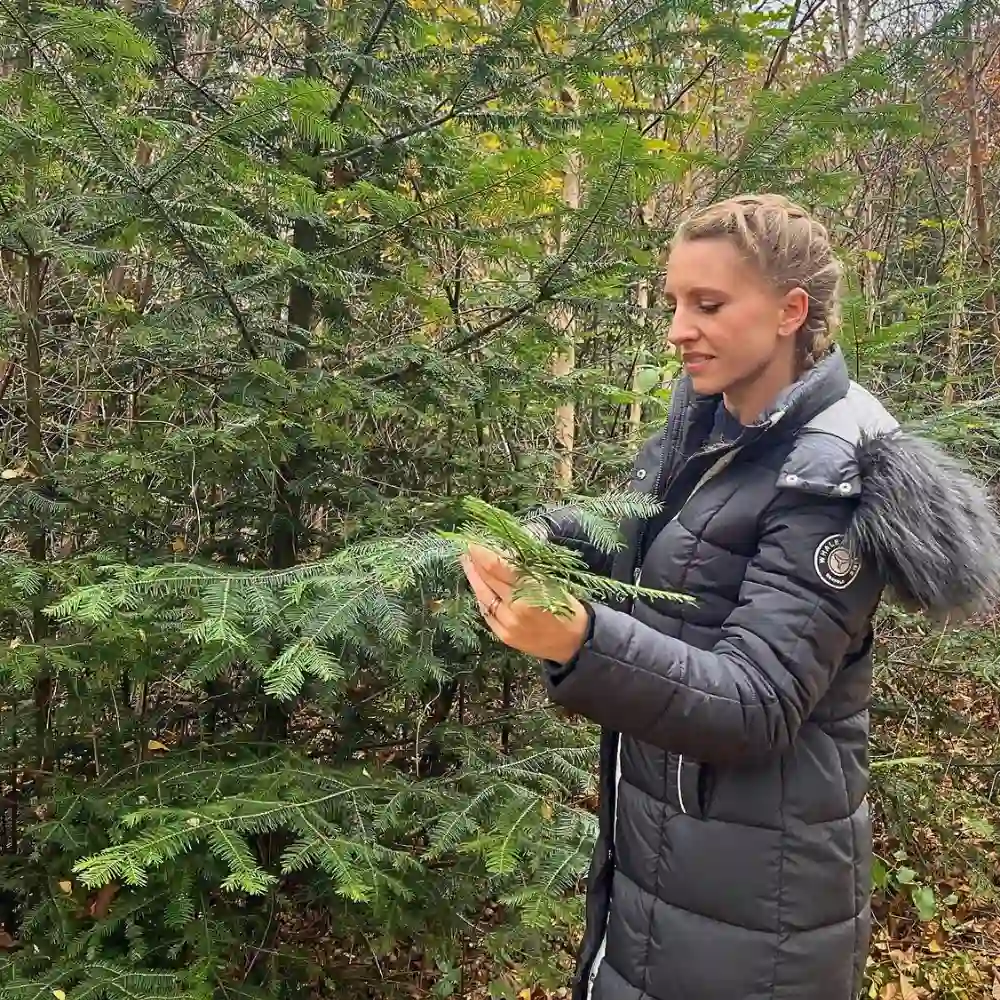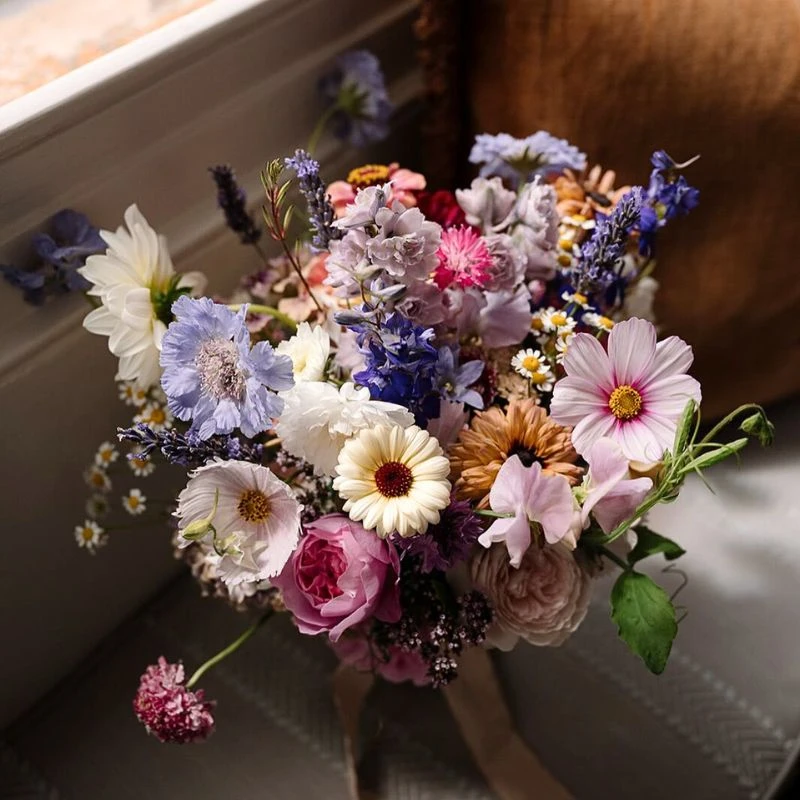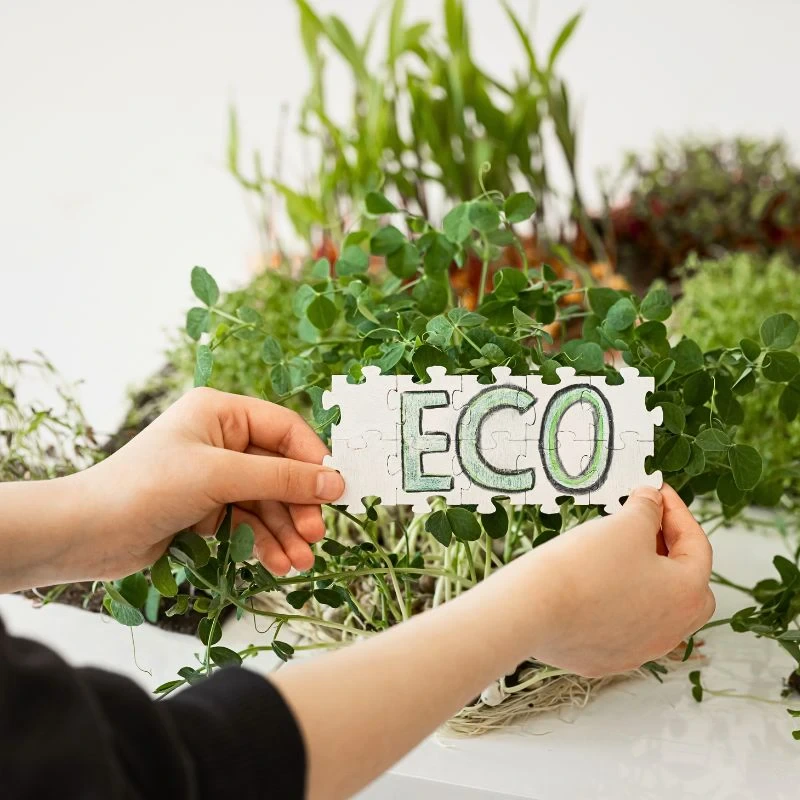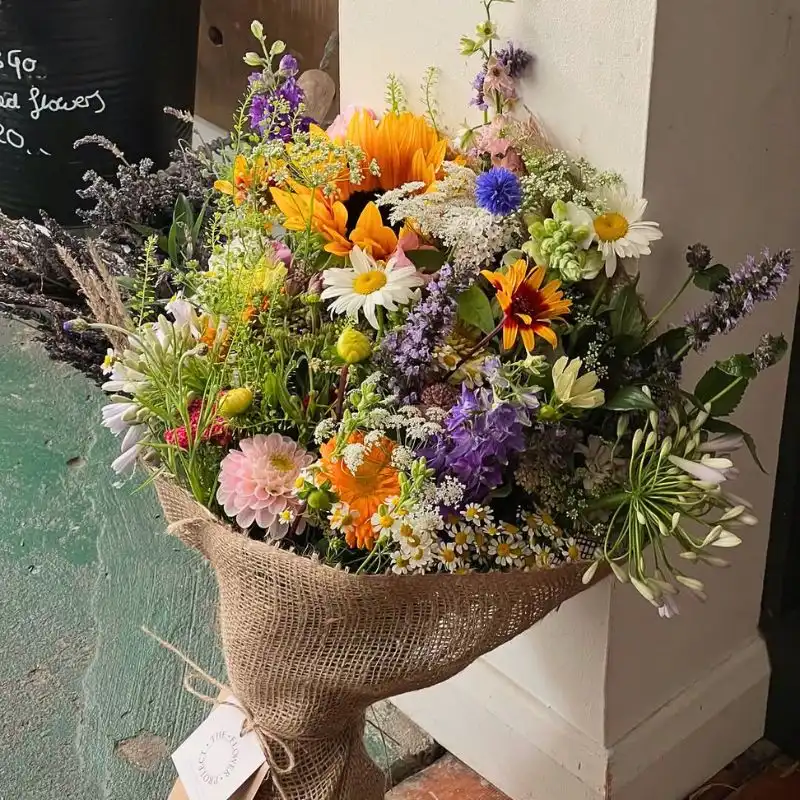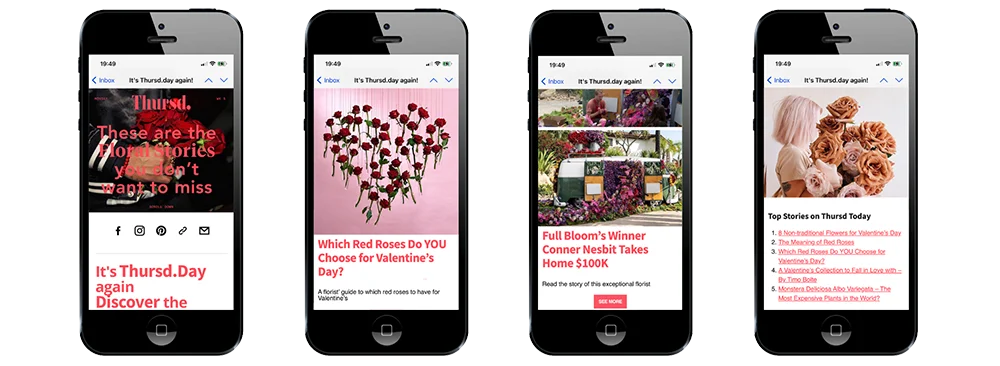A bouquet of roses, a vase of lilies, a sprig of lavender—these are not just beautiful or fragrant arrangements; they also speak volumes. Each tells tales of its origin: the soil it grew in, the hands that cultivated it, what went into its production, and the miles it has traveled. In the modern world where transparency is currency, customers are just as keen on knowing these flowers’ stories, just as much as they are on their beauty or scent. Modern-day consumers are, practically, leaning in closer to hear these narratives—and rejecting those that speak of exploitation, waste, and environmental or biodiversity harm.
These consumers’ shift toward sustainably produced flowers or plants is not just a fad; it could be interpreted as a ‘quiet revolt’, a rebellion against the ‘hidden’ costs of conventional floriculture. Today’s flower buyer is not simply buying their beauty; they are vouching for ethics and ecological conservation. In fact, recent research shows that many are willing to pay a premium for flowers with sustainable attributes, which is a demonstration of a growing interest in eco-conscious consumption. Let’s, therefore, find out why sustainability in the flower industry has become the core of this consumer revolution.
The Ethical Awakening of Sustainably Produced Flower Lovers
As noted, more than just buying flowers, the standard flower consumers also invest in these flowers' stories, values, and impacts. For each of them, there has to be an account of human hands that planted and tended it to maturity, ecosystems that supported its growth and production, and resources consumed during its journey. As such, with this growing environmental sustainability awareness, flower buyers are also experiencing an ethical awakening. They are questioning any ambiguous costs of their floral indulgences.
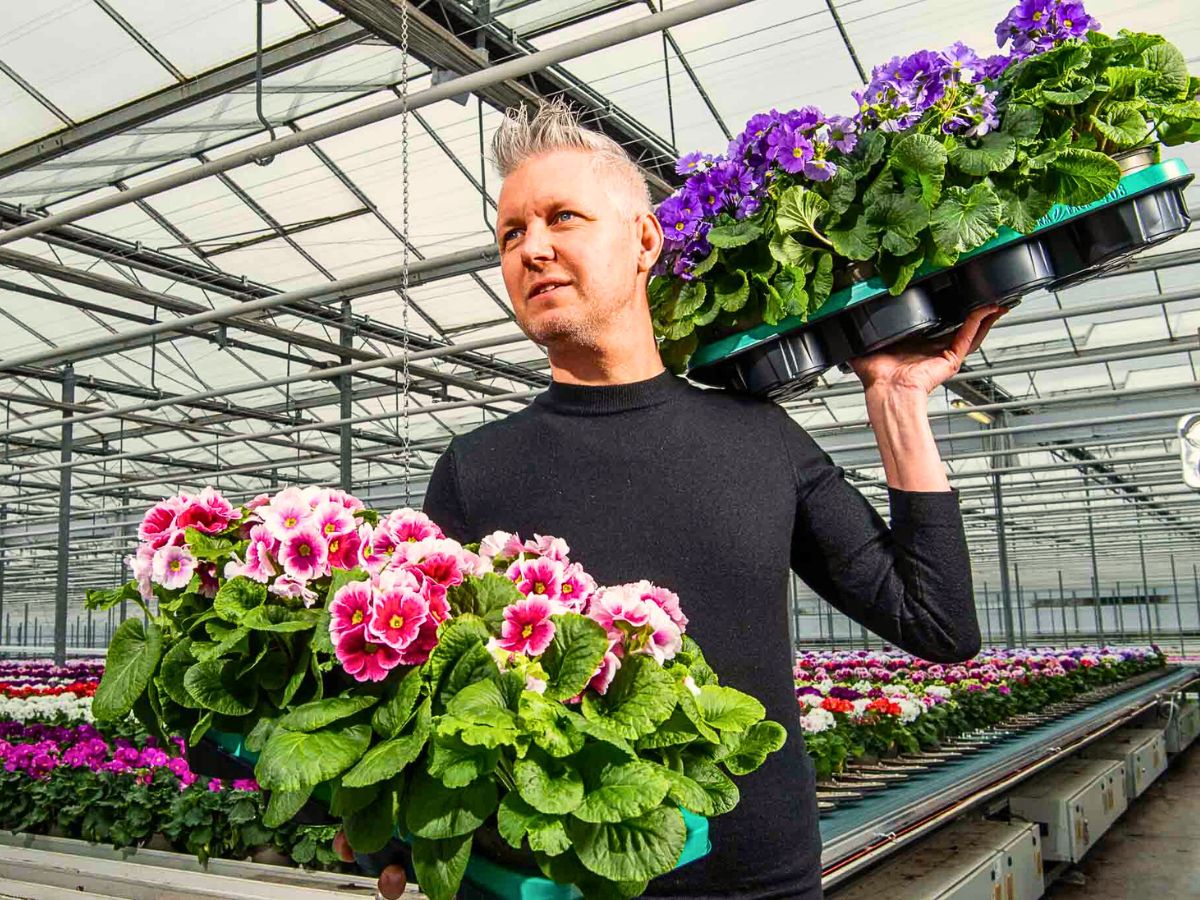
Between 70-80%—and sometimes more—of cut flowers in the United States are imported from other countries, primarily Colombia and Ecuador in Latin America. This is due to their large-scale production and favorable factors such as ideal climate, low production costs, and the ability to supply a wide variety year-round. While efficient at meeting demand, this global value chain often exacts a significant toll on both workers and ecosystems. The rapid expansion of floriculture to satisfy consumers' appetites for fresh flowers has often compromised the well-being of farm workers and the environment. Today's conscious consumers are therefore pushing back against these unseen costs. They seek flowers that celebrate nature without causing depletion or harm elsewhere.
This conscience-driven consumption represents a fundamental shift in how people relate to floral decorative products. No longer satisfied with beauty alone, modern flower buyers are asking: "At what cost?" This question has inspired a drive toward transparency and responsibility in the floriculture industry. The results have compelled producers to adopt practices that respect both people and the planet. When consumers choose sustainably produced flowers, they are not just getting beauty; they are casting a vote for a more equitable and environmentally responsible industry.
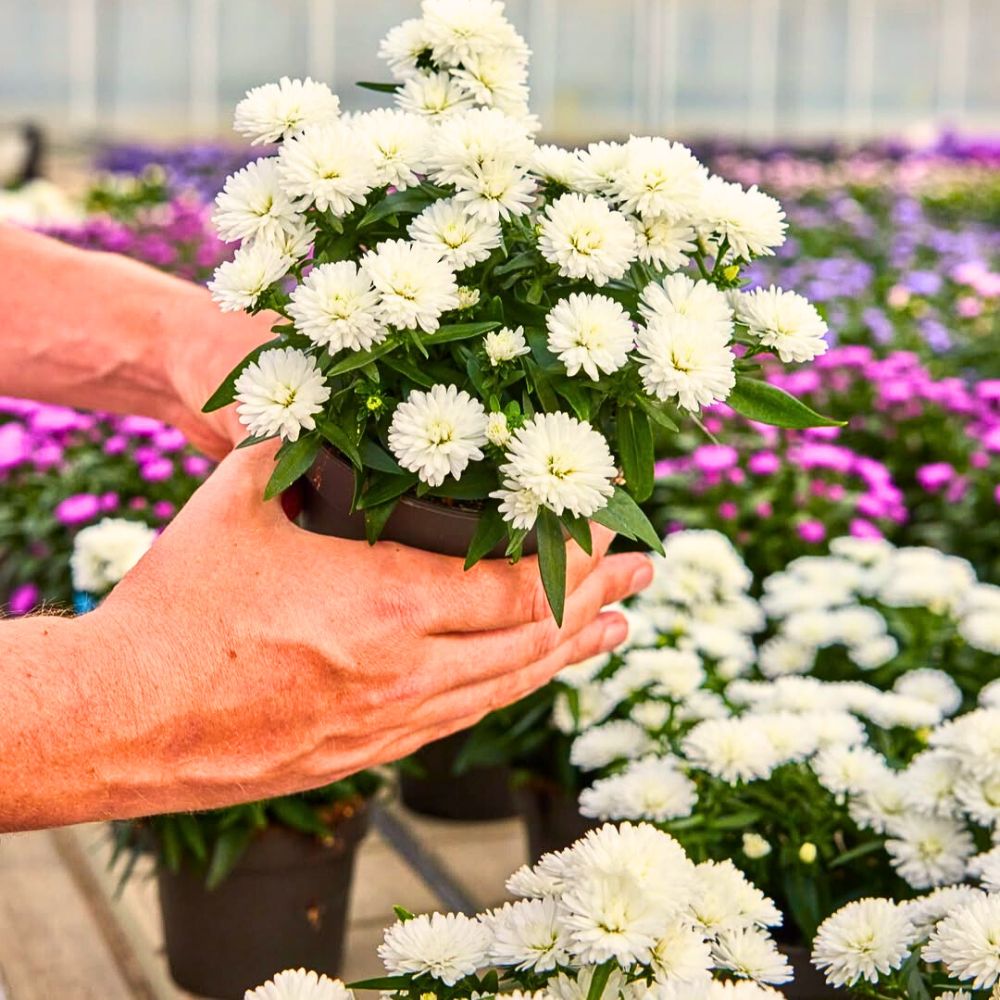
Tracing the Journey of Flowers, From Carbon Footprints to Petal Prints
Often, in conventional floriculture, the path that a flower takes from the field to a vase or bouquet leaves a trail of environmental impacts that increasingly conscious consumers are beginning to track. This journey (known as a flower's ‘petal print’ in sustainable floriculture lingo) covers cultivation, transportation, storage, and packaging. Each stage contributes to the overall carbon footprint of the flowers.
In regions with less favorable climates, greenhouse cultivation often requires substantial energy for heating and artificial lighting. Conventional flower farming relies heavily on synthetic fertilizers and pesticides, which carry their own carbon intensity due to production and application processes. Water usage, particularly in arid regions, demands energy-intensive systems that further grow the environmental footprint.

Perhaps the most significant contribution to a flower's carbon footprint comes from transportation, particularly air freight. When roses journey from producing countries to European or North American markets, they typically travel by air, which is one of the most carbon-intensive methods of transportation. On arrival, they require refrigerated trucks for local distribution, continuing the energy-intensive cold chain that preserves their freshness but magnifies their environmental impact.
Even the packaging that protects flowers during transit (plastic wraps, foam, and cardboard boxes) adds to their overall ecological footprint. The modern flower buyer, increasingly aware of these cumulative impacts, is seeking alternatives that minimize this hidden environmental cost. Understanding the journey their flowers take, these consumers make decisions that align with their environmental values without sacrificing the joy and beauty that they elicit.
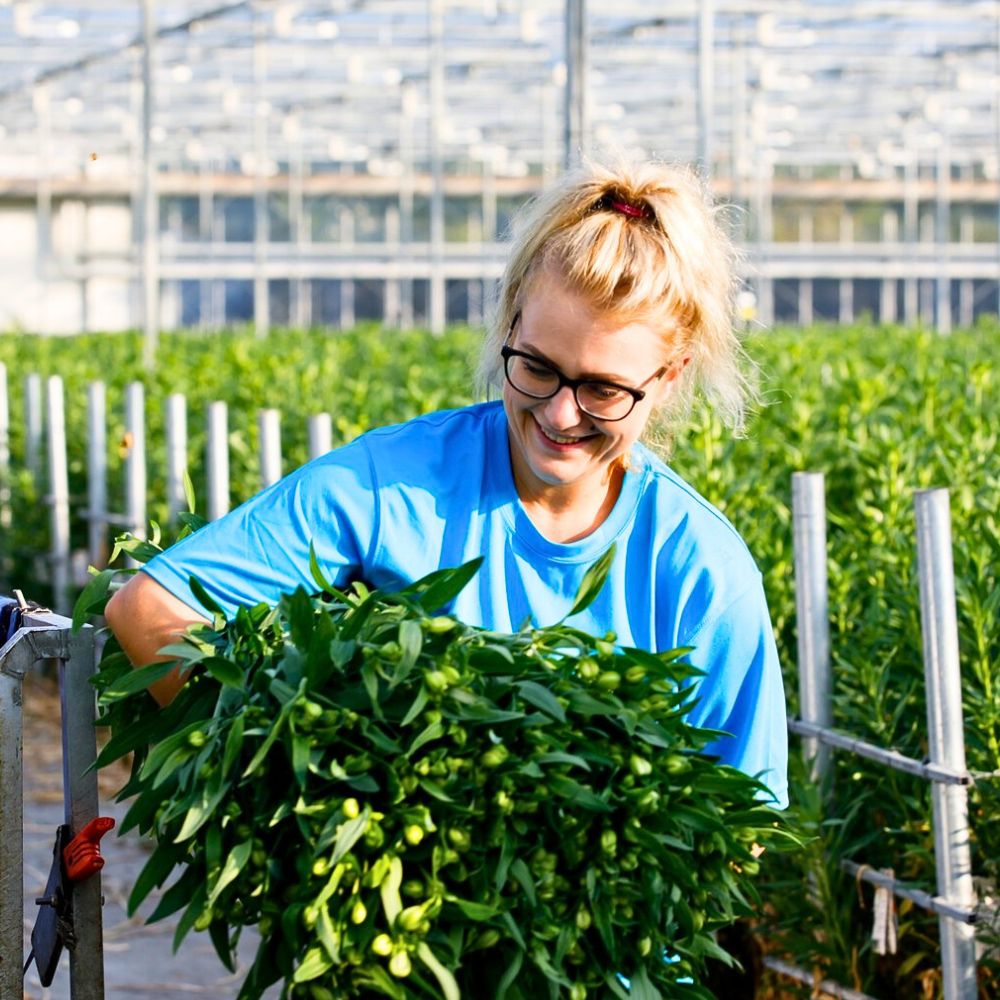
Why Wallets Open Wider for Eco-Friendly Flowers
Modern customers, armed with devices like smartphones and social media, are no longer charmed by beauty that masks damage. They are asking: What’s the true cost of this bouquet? Sustainable floriculture answers this with organic certifications, renewable energy use, and carbon-neutral shipping. For the eco-conscious buyer, a slightly imperfect, seasonally grown peony may carry more appeal than a chemically perfected one, because its flaws speak of authenticity.
In the economics of floriculture sustainability, therefore, the intriguing phenomenon emerges in that consumers are increasingly willing to invest more in products that align with their environmental values. A Floral Marketing Fund (FMF) research reveals that more than half of the participants in their consumer study indicated their willingness to pay an additional 10% or more for flowers with sustainable attributes, including locally sourced, organic, Fairtrade certified, addressing employee welfare needs, as well as those deploying composting practices, and employ multi-use materials like reusable vases.
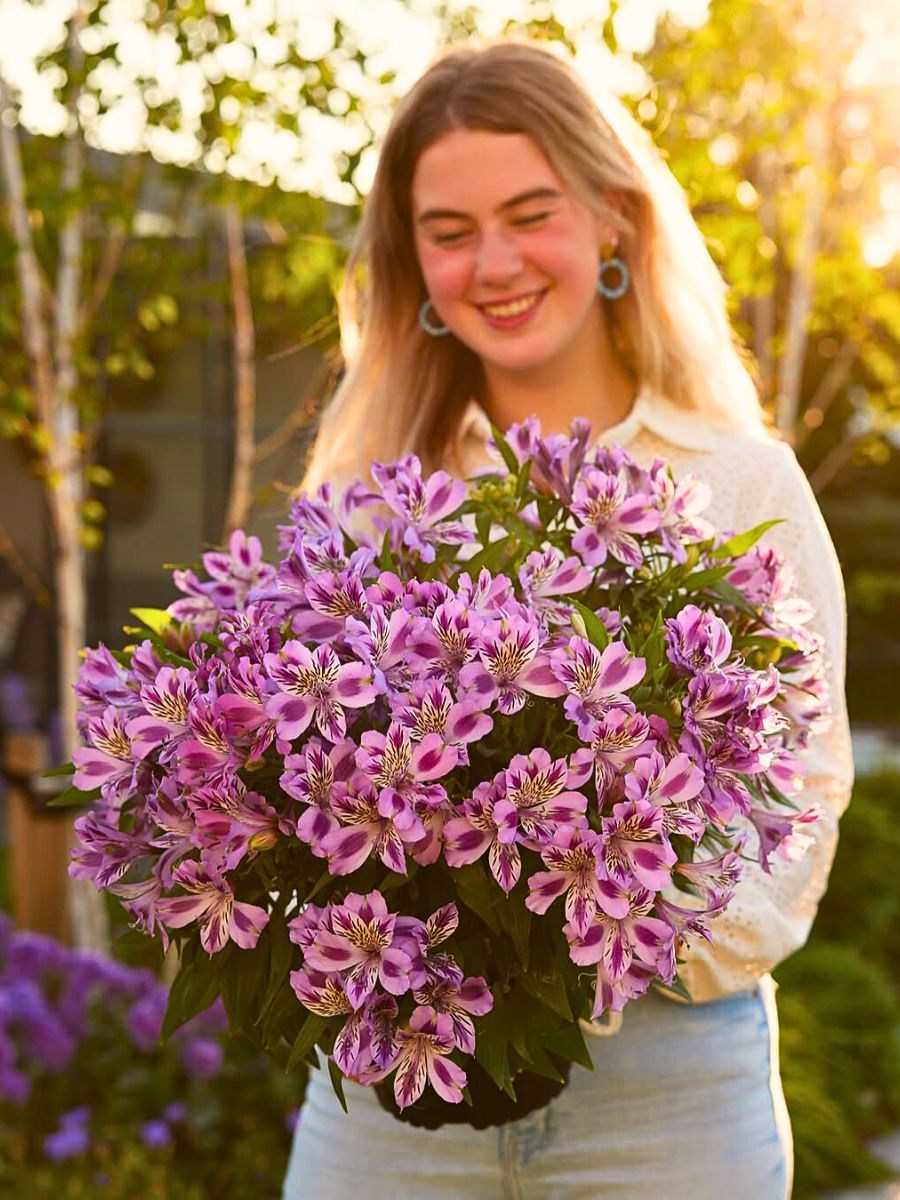
This ‘green premium’ represents not just an additional cost, but an investment in values that go beyond the purely material. For many modern flower buyers, the additional expense represents their show of collective effort to wellbeing; a small price to pay for protecting ecosystems, supporting fair labor practices, and reducing carbon emissions. The satisfaction derived from making an environmentally responsible purchase often outweighs the additional cost. This creates what economists might call a ‘warm glow’ effect of ethical consumption.
Interestingly, this willingness to pay for sustainability is not uniform across all regions. Consumer studies have shown significant geographical differences. Flower buyers in certain regions demonstrate a higher willingness to pay for sustainable flowers and floral products, while others remain more price-sensitive despite expressing support for environmentally friendly practices. These regional disparities suggest that cultural factors, economic conditions, and local environmental awareness all influence how consumers value sustainability in their floral purchases.
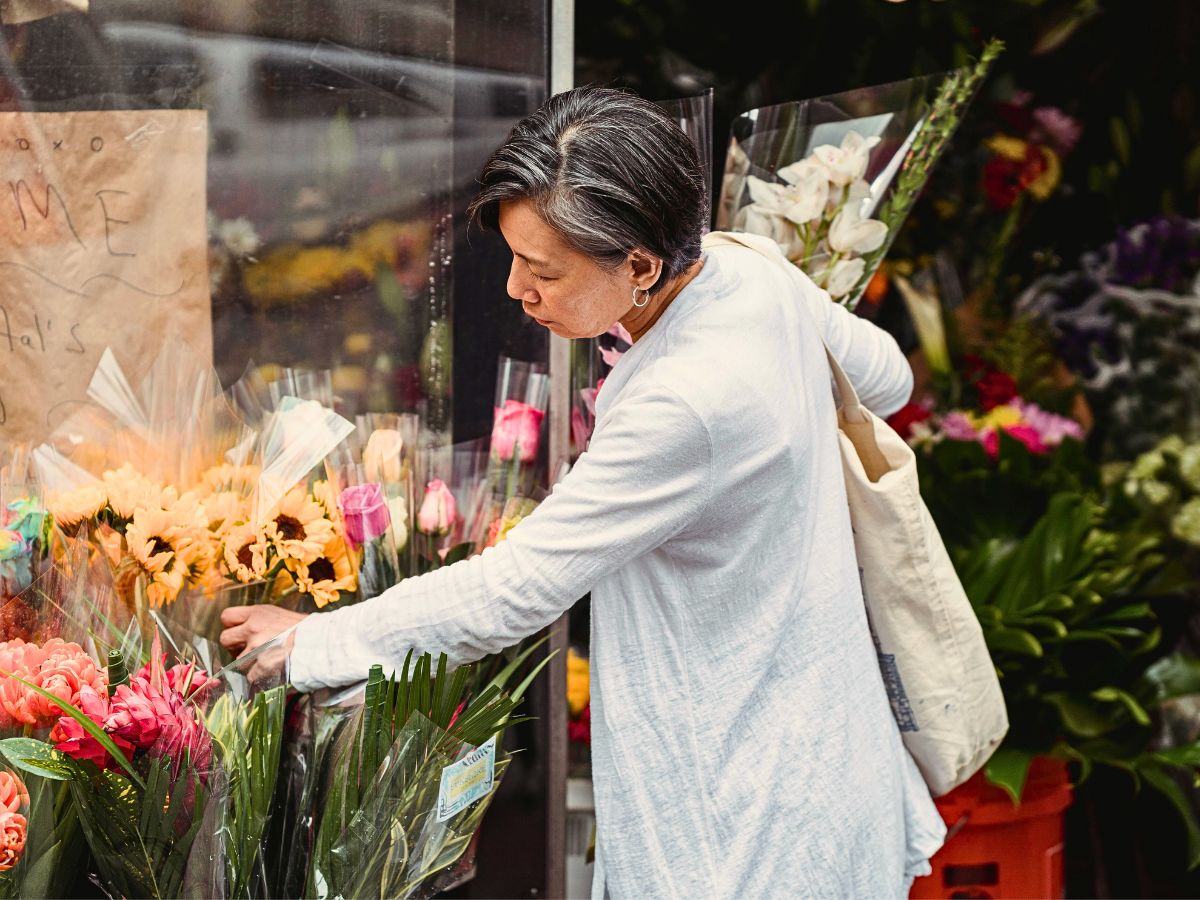
Sustainable Flower Sourcing and Certifications Are Reshaping the Market
The sustainable floriculture drive is not just about reducing harm in the industry but also reimagining interactions between producers, consumers, the environment, and the planet. Some concepts have taken root in this transformation, including sustainable sourcing and Fairtrade certification.
Local flower campaigns have, for instance, grown across different regions. They offer alternatives to the global supply chain. When consumers choose locally grown flowers, they significantly reduce the transportation footprint of their purchase while supporting regional economies. When sourced from elsewhere, away from the local regions, sustainable practices and guidelines are observed and followed too. Such ideals are influential triggers for consumer purchasing decisions. They tap into their desires for freshness, community association, and environmental responsibility.
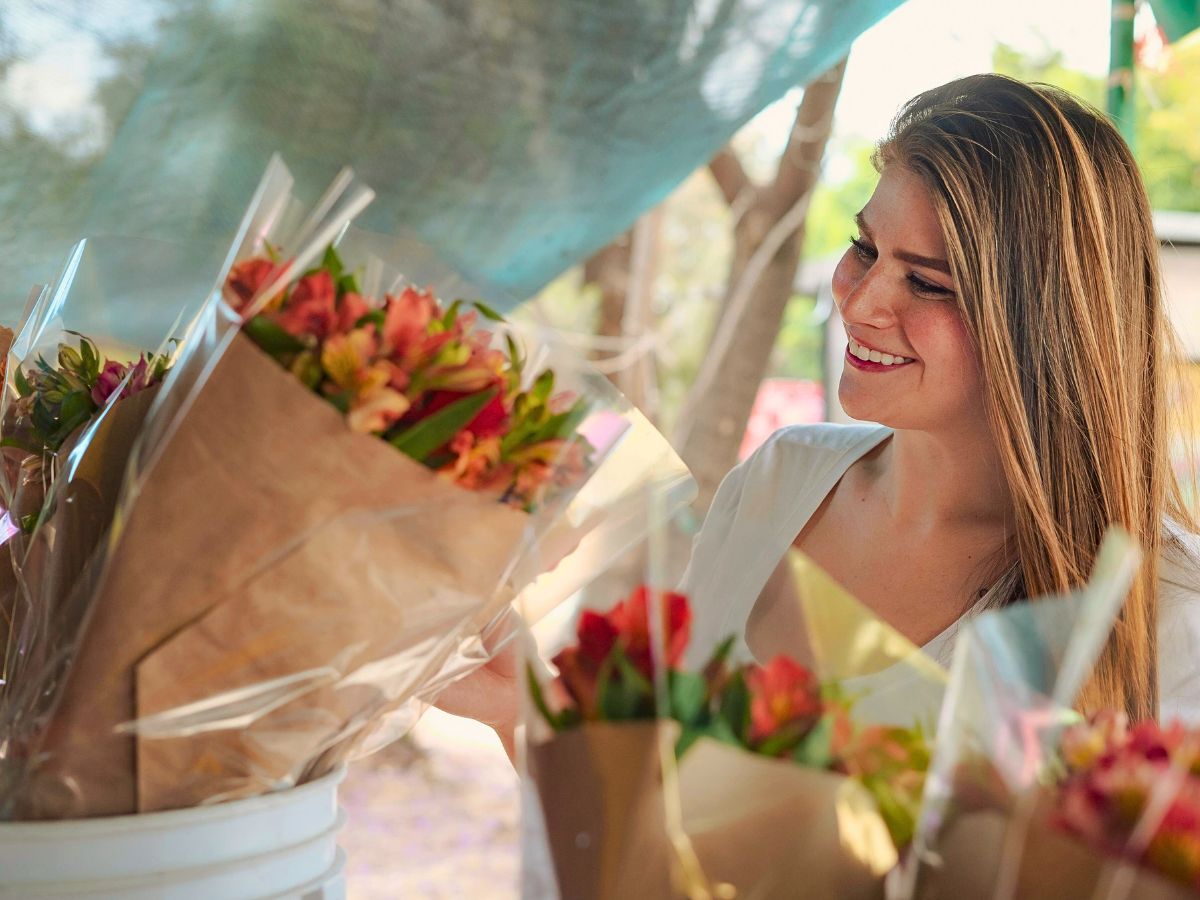
Meanwhile, certifications like Fairtrade and Rainforest Alliance are reshaping the global flower trade. These standards ensure that certified farms protect ecosystems and wildlife habitats, conserve water and soil, provide decent and safe working conditions, and maintain good relationships with rural communities. Such certifications address the three pillars of sustainability: environmental, social well-being, and economic and governance.
Generally, though, socially conscious consumers are increasingly drawn to flowers that support fair compensation and benefits for workers, facilitate access to education and healthcare, and provide essential services like on-site daycare, transportation, and meals. These human-centered aspects of sustainability point to the notion that truly sustainable floricultural practices must build and sustain human communities alongside natural ecosystems.
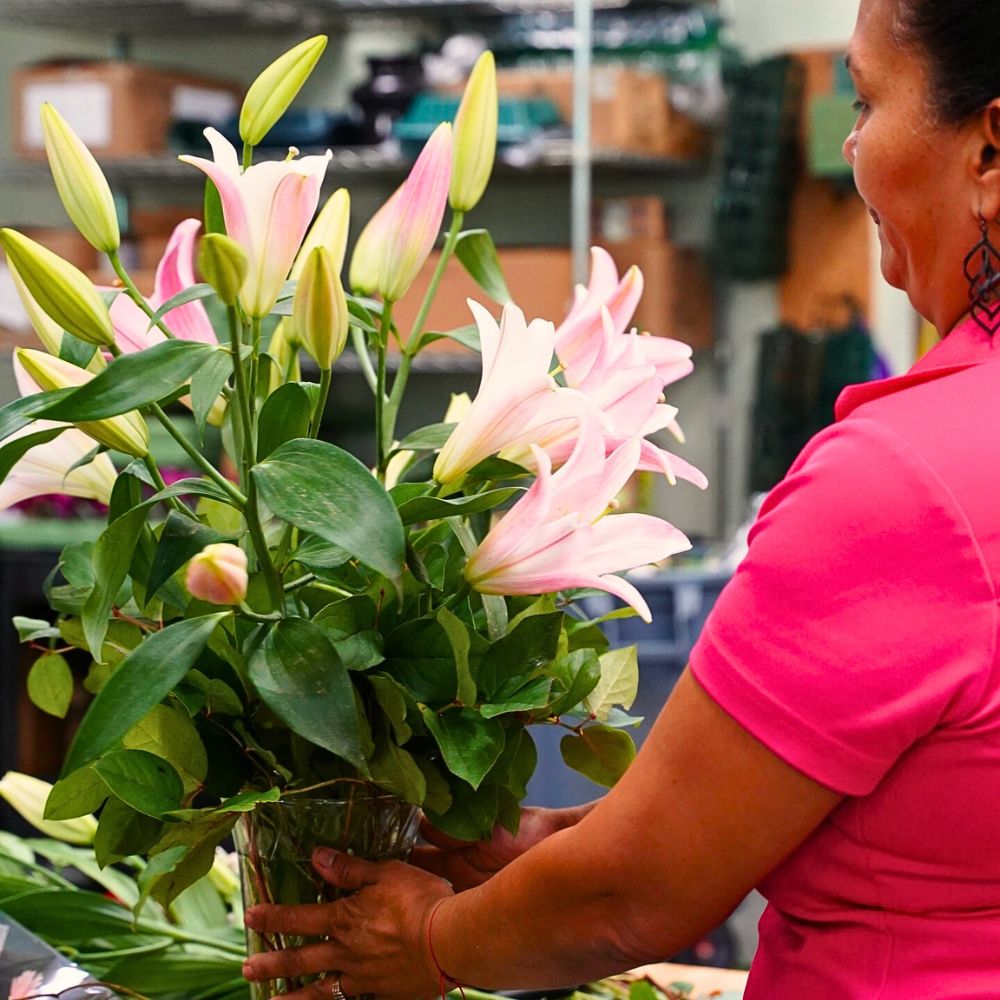
The Ripple Effect of Sustainable Floriculture
The choice to purchase sustainably produced flowers creates ripples that extend past just the vase or bouquet. When consumers opt for eco-friendly flowers, they become part of the larger movement transforming floricultural practices, labor conditions, and environmental conservation across global supply chains. Sustainable flower farms often maintain or increase tree cover, conserve soil quality, prevent erosion, limit water waste, reduce agrochemical usage, and protect wildlife. These practices benefit the immediate ecosystem surrounding the farm just as they contribute to broader biodiversity conservation, water security, and climate resilience. The collective impact of many consumers choosing sustainable options creates market incentives that drive industry-wide changes in floriculture practices.
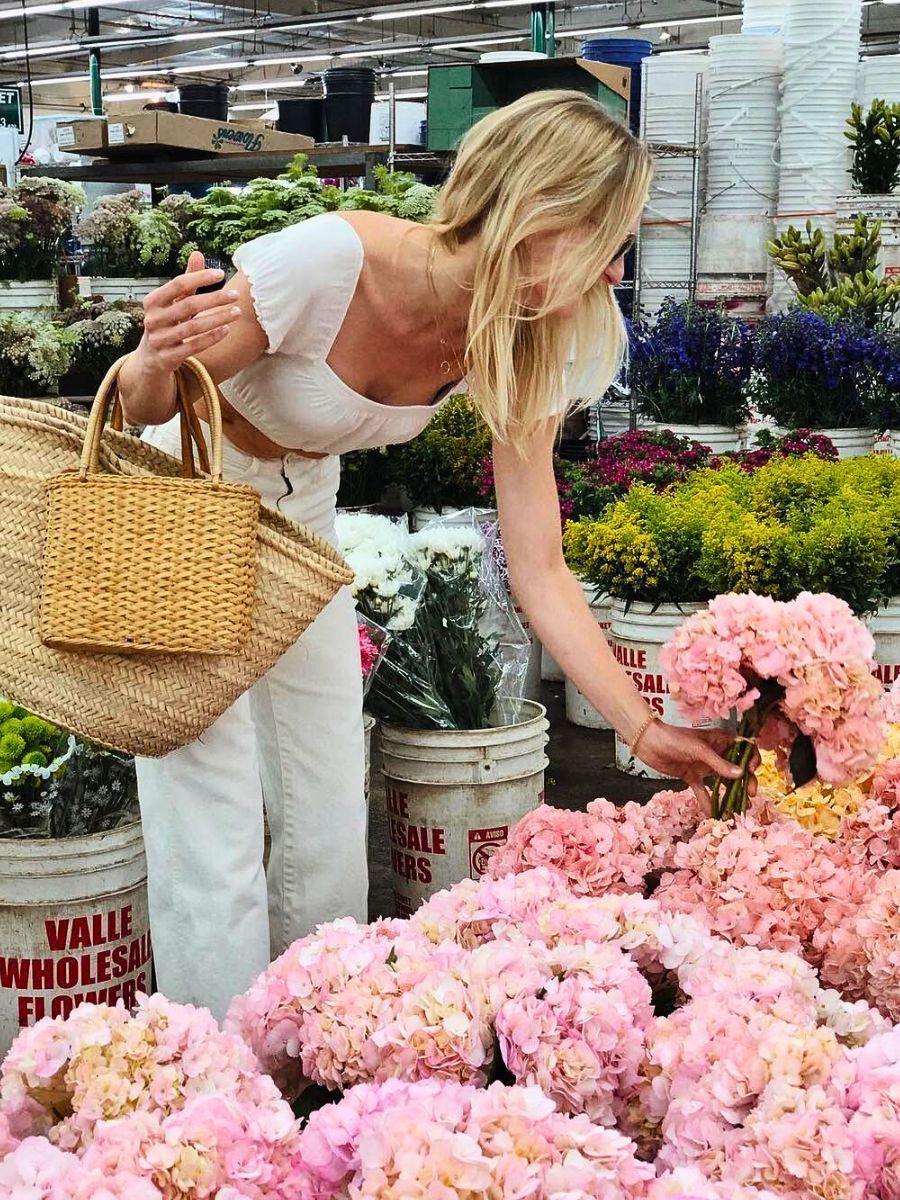
Similarly, the social dimensions of sustainable floriculture create positive spillover effects in communities. Fair compensation and benefits for workers translate into improved educational opportunities, better health outcomes, and greater economic security for families and communities involved in flower production. When consumers pay a premium for sustainably produced flowers, they are investing in human flourishing alongside environmental protection.
This ripple effect extends to innovation as well. Consumer demand for sustainable options has resulted in creative solutions throughout the supply chain. For instance, Chrysal Arrive Alive® Eco represents a breakthrough in sustainable packaging. It offers wraps and bags made from renewable resources that are industrially compostable. Such innovations respond to consumer concerns while offering new approaches that may eventually transform standard industry practices.
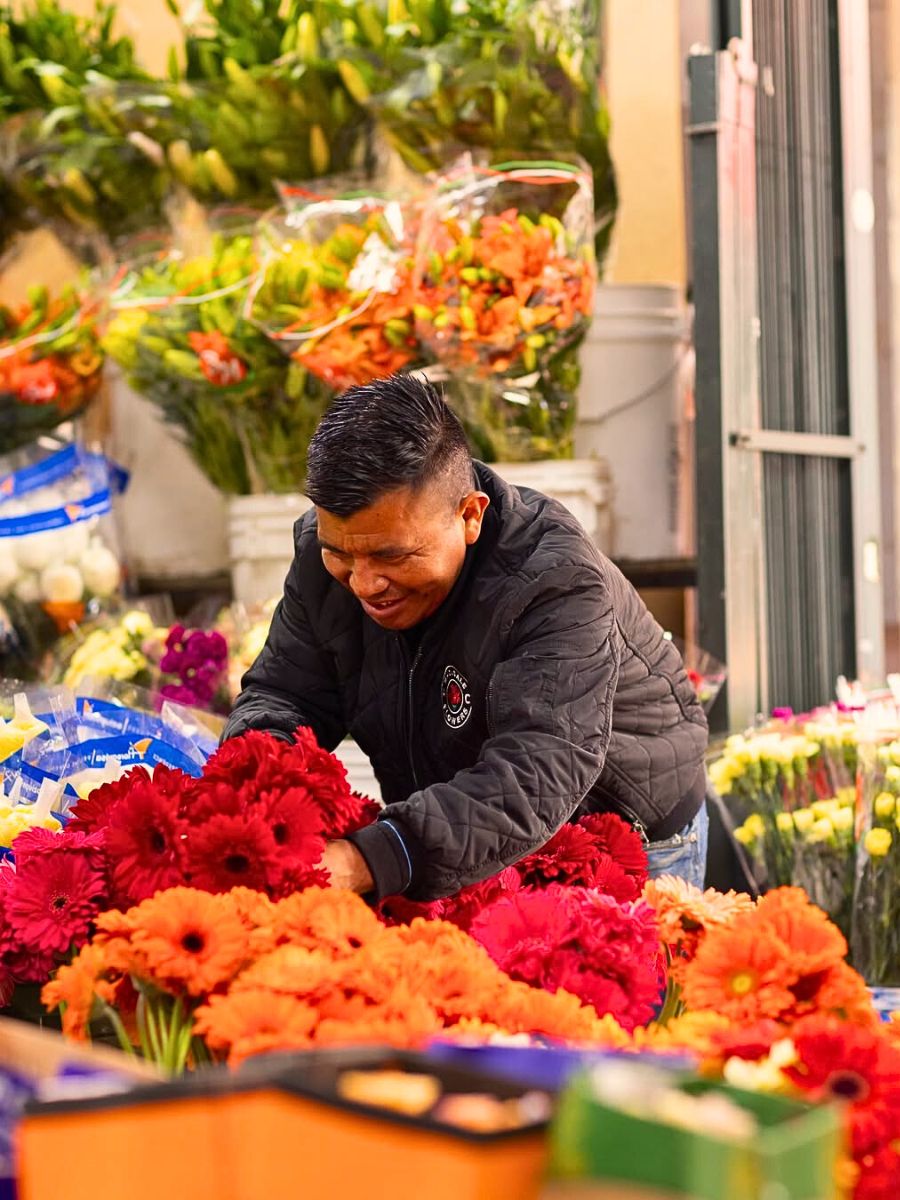
What, Then, Is the Future of Sustainable Floriculture?
As new approaches that may redefine people’s relationship with flowers continue to emerge, the future of sustainable floriculture becomes more than just about minimizing harm, but also about reimagining the entire system to create positive impacts. Emerging technologies, for example, offer new possibilities for reducing the environmental footprint of flower production. Advances in renewable energy make heated greenhouses less carbon-intensive. Precision floriculture allows for more efficient use of water and nutrients. Innovations in packaging demonstrate how traditional materials can be replaced with renewable alternatives without sacrificing functionality.
Consumer education represents another frontier in sustainable floriculture. As research continues to uncover regional differences in consumer preferences and willingness to pay for sustainable attributes, more targeted educational campaigns can help bridge awareness gaps and empower flower buyers to make informed choices. The more consumers understand about the journey their flowers take, the more they can align their purchases with their values.
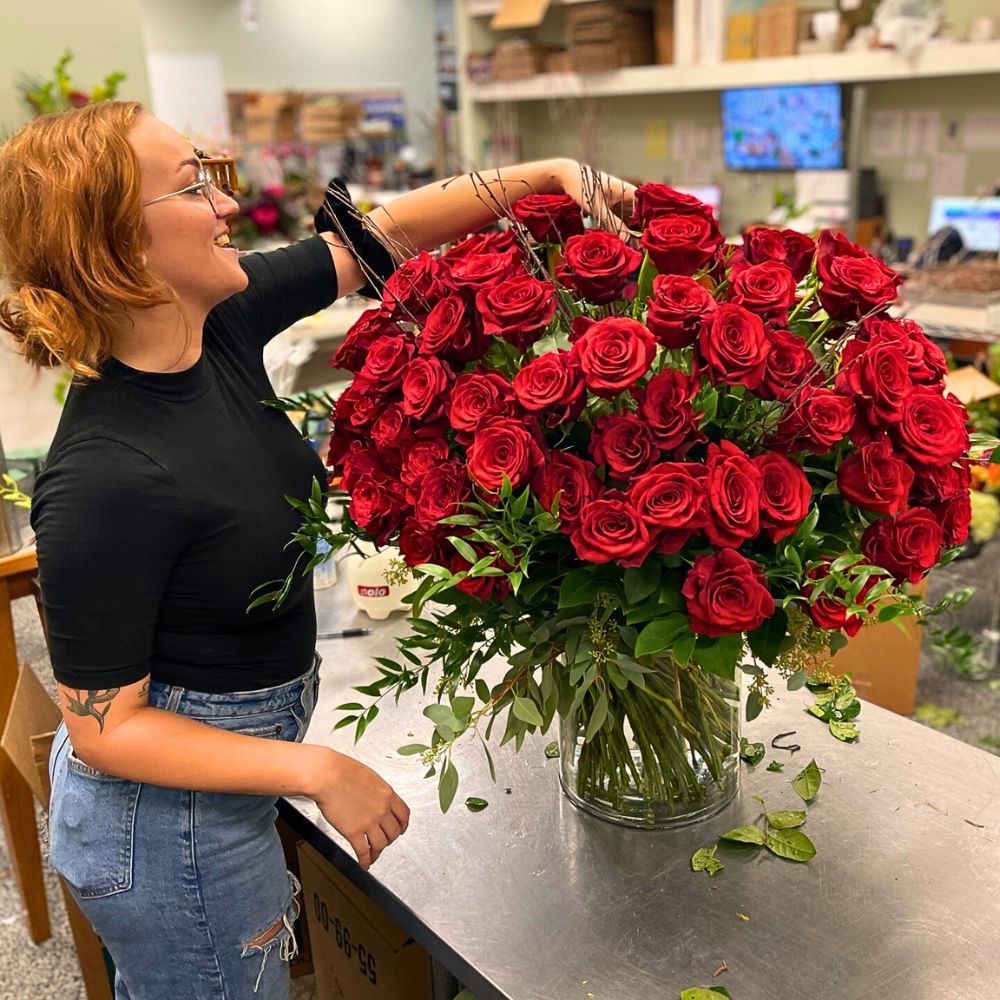
Perhaps most exciting is the potential for regenerative approaches to floriculture-growing methods that do not just sustain but, actually, improve ecosystem health. Imagine flower farms that sequester carbon, enhance biodiversity, and build soil health while producing beautiful flowers. Such systems represent the leading edge of sustainable floriculture, pointing to a future where flower production is a form of environmental conservation. But even then, the shift in consumer preferences reflects an awakening to the interconnectedness of people’s choices and their ripple effects across ecosystems and communities.
Feature image by Los Muertos Crew, header image by Quang Nguyen Vinh.

